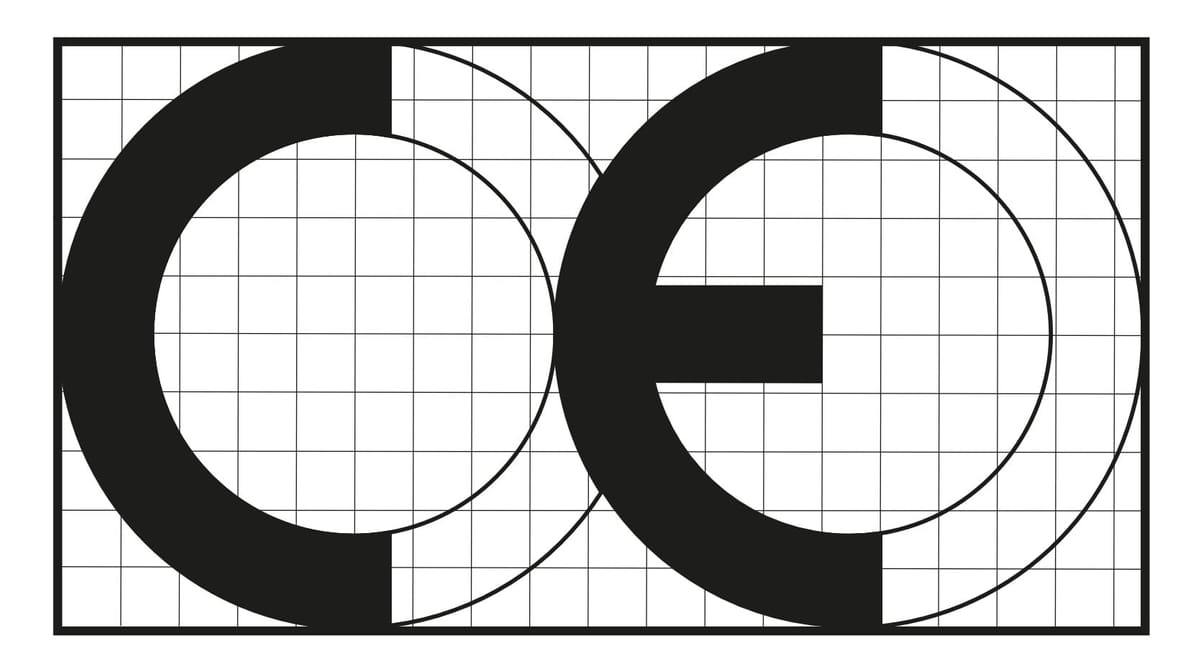CE marking for medical devices
A significant challenge for health innovators in Europe
Date
02/01/2023
A significant challenge for health innovators in Europe
Date
02/01/2023

What is CE marking ?
In order to guarantee user safety, most of the consumer goods marketed in the EU must have CE marking, , excluding food products. It ensures that a product meets the general safety and performance requirements and gives it the right to be freely traded in the European Union.
Regulation (CE) n° 765-2008 of 9th july 2008, establish the general principles of CE marking.
Depending on its type and classification, a product may be subject to one or more European regulations.
How to obtain CE marking ?
It is the manufacturer's responsibility to comply with these requirements and to take the necessary steps to obtain the CE marking, like : compile technical documentation presenting the evidence needed to demonstrate the quality and safety of the device (source : ANSM)
For medical device project sponsors, the regulations to follow are the new European regulation 2017/745 (MDR) or 2017/746 (IVDR - In Vitro Diagnostic Medical Device). This involves:
To carry out all these steps, the manufacturer can seek support from a specialist quality, regulatory and clinical affairs organization with expertise in the two European regulations and applicable standards such as ISO13485, ISO14155; ISO 14971 and IEC62304.
Depending on the class of medical device, the CE mark is delivered by a notified body.
Before this an application for certification must be submitted.
Essential
Obtaining CE marking :
First company in the world using the remote photo phletismography (rPPG) process to obtain CE certification under the new European regulation (2017/745)
"i-Virtual, a French start-up specialized in vital signs measurement by video, today announced that Caducy, its first product, is now CE certified as a “Class IIa medical device”, after 7 years of R&D and 2 clinical studies conducted by the Nancy CHRU. Caducy measures several physiological parameters, including heart rate and breathing rate, simply by analysing a short video of a patient's face."
Rumb provided support to I-Virtual during the development of its solution and in two key CE marking stages :
Follow our newsletter, made for and by healthcare innovators !
In the program : our news, analyses, invitations, meetings in the DM and MedTech ecosystem...
This article is provided for information purposes only and does not constitute a normative or regulatory reference.